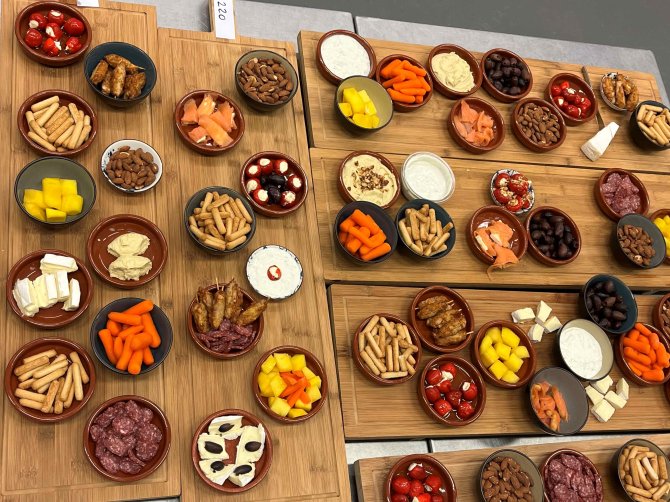
News
On-pack information about expiry dates can change food waste behaviours in households
Misunderstanding of expiry date marking (Use-by or Best-before) has been identified as one of the causes of food waste at the household level. In a recent study, Wageningen Food & Biobased Research investigated whether extra on-pack information can help consumers to distinguish between use-by and best-before dates and thereby change their food waste behaviours.
Prior research has shown that consumers often mistake the meaning of Use-by and Best-before dates, and frequently err upon acting accordingly. As a result, consumers discard products too early to be on the safe side, while these would still be perfectly good for consumption. This suggests that a better understanding of the difference between use-by and best-before dates could lead to a reduction in food waste.
A recent study by Wageningen Food & Biobased Research, demonstrated that providing extra information about best-before dates (“Often good after date. Look, smell & taste”) and use-by dates (“Do not use after date”) on product packages has a positive effect on consumers’ intentions to use or discard expired foods. The current study aimed to extend these results to more realistic food management situations.
Effects of extra on-pack information
In a behavioural experiment, participants received 12 products with fictive expiry dates (eight expired, four non-expired), and were asked to prepare a snack platter with these products as long as they were still good to eat. Half of the participants received products with extra date-marking information (visual image plus explanatory text), on the packages, whereas the others half received the same products without this extra information.

“We wanted to better understand the effects of adding visual cues and extra text about date marking on product packages,” explains senior scientist Food, Health and Consumer Research at Wageningen Food & Biobased Research, Gertrude Zeinstra. Do consumers notice and understand this information? Does it help consumers in distinguishing between best-before and use-by dates? And does it influence consumers in their decision to use or discard foods in a real-life situation, thereby contributing to the prevention of food waste?
The results showed that the additional on-pack information led to different behaviours for foods exceeding use-by vs. best-before dates, but effects on food discard choices were asymmetric. Foods past the use-by date were disposed more often if extra information was present on the packages, which is desirable from a food safety perspective. For foods past the best-before date, the desired effect of extra information on food discard choices could not be demonstrated, as these foods were hardly discarded at all. Future research is needed to assess whether extra on-pack information can lead to food waste reduction in less educated consumers or for best-before foods with longer expiration periods.
The potential of on-pack communication
Behavioral effects occurred irrespective of consumers’ understanding of date-marking terminology, which suggests that a proper understanding of the terms does not automatically lead to the desired action. Although the hypothesized reduction in food waste could not be demonstrated in the current study, findings highlight the potential of extra on-pack communication in changing date-related food waste practices. Rather than explaining the meaning of date-marking terms, the extra information should target the associated actions (what to do with foods that have passed their expiry date).
Sanne Stroosnijder, program manager Food Loss and Waste Prevention at WFBR highlights the importance of this kind of research: “Only a handful of studies truly assess the actual effects of interventions on food waste behaviours of consumers at home. It is quite challenging to design such studies, ensuring to keep consumers naïve about the actual aim of the study and measuring food waste behaviours in natural environments. These kind of insights are key to understanding how to make it easier for consumers to understand datemarking and waste less food at home.”
The Wageningen Food & Biobased Research team was supported by a supervision committee, consisting of four stakeholders in the Netherlands, including the Ministry of Agriculture, Nature and Food Quality, the Ministry of Health, Welfare and Sport, the Netherlands Nutrition Centre and the Foundation Food Waste Free United.